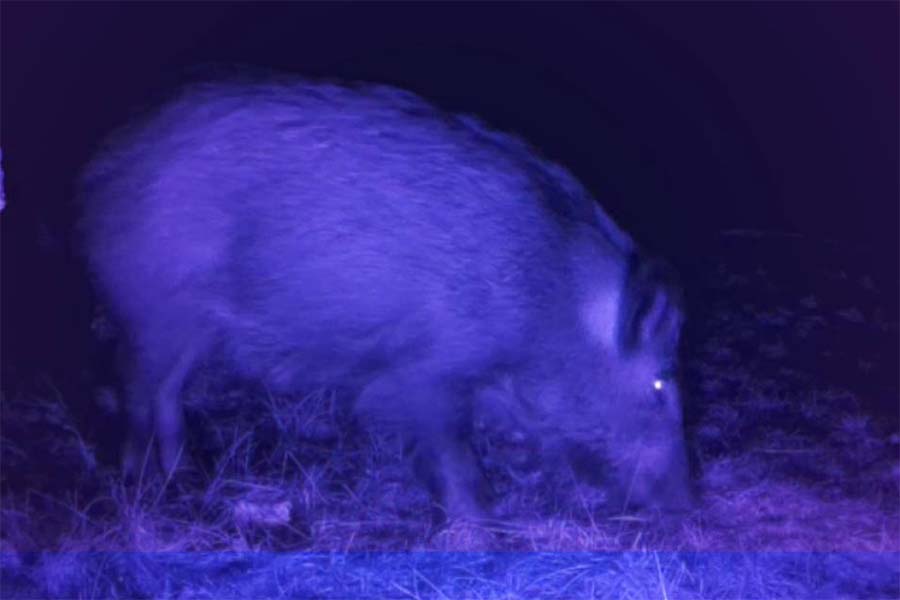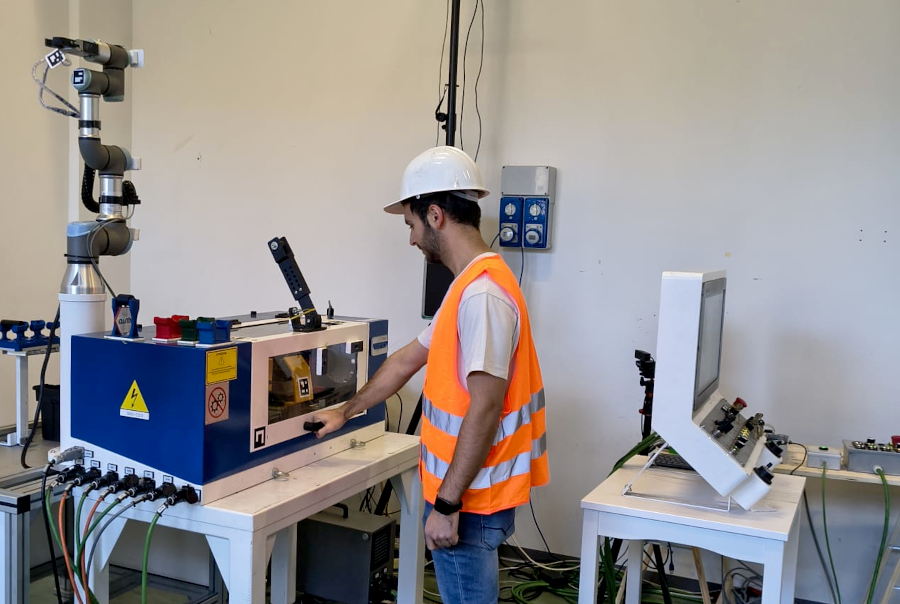Thanks to WatchEDGE, a project in which the University of Pisa is a partner, wildlife management in the San Rossore Park has entered a new digital era. Funded under the PNRR RESTART programme and coordinated by the Politecnico di Milano, the project also involves the Universities of Milan and Catania, the CNIT consortium, and the companies Italtel, Sensor-ID and Nextworks.
With WatchEDGE, the San Rossore Park is hosting a pioneering experiment. Since 2024, an intelligent sensor network powered by photovoltaic panels and equipped with hardware accelerators has been operating to continuously monitor the park’s wildlife. These autonomous devices form a “cloud continuum” that integrates communication and computing, enabling the real-time classification of animals captured by the cameras using artificial intelligence.

The system makes it possible to monitor wild species such as wild boar, fallow deer and wolves, tracking their numbers and movement patterns to help manage the ecological balance, prevent the spread of diseases to livestock, and reduce the risk of human contact or environmental damage caused by overpopulation.
“In the past, operators had to manually retrieve images recorded by camera traps for later analysis,” explains Stefano Giordano, Professor of Telecommunications at the University of Pisa. “Today, thanks to this new network, the images are processed directly in the field, and only the data relating to actual sightings are sent to the central databases.”

Alongside the system installed in San Rossore, project partners have tested additional technologies, including radar for analysing animal speed and movement, artificial intelligence systems for automatic classification, drones with multispectral and thermal cameras for vegetation analysis, and tools for orchestrating network and database resources. All this is made possible by a 5G and satellite network infrastructure that ensures stable connectivity even in the most remote areas.
“The development of artificial intelligence applications for environmental monitoring is inextricably linked to network cooperation,” concludes Giordano. “Our work has focused on integrating satellite networks, edge computing and low-power peripheral networks capable of efficiently connecting field cameras. The next challenge will be to make these systems increasingly dynamic, moving towards what we refer to as ‘fully liquid artificial intelligence’.”



